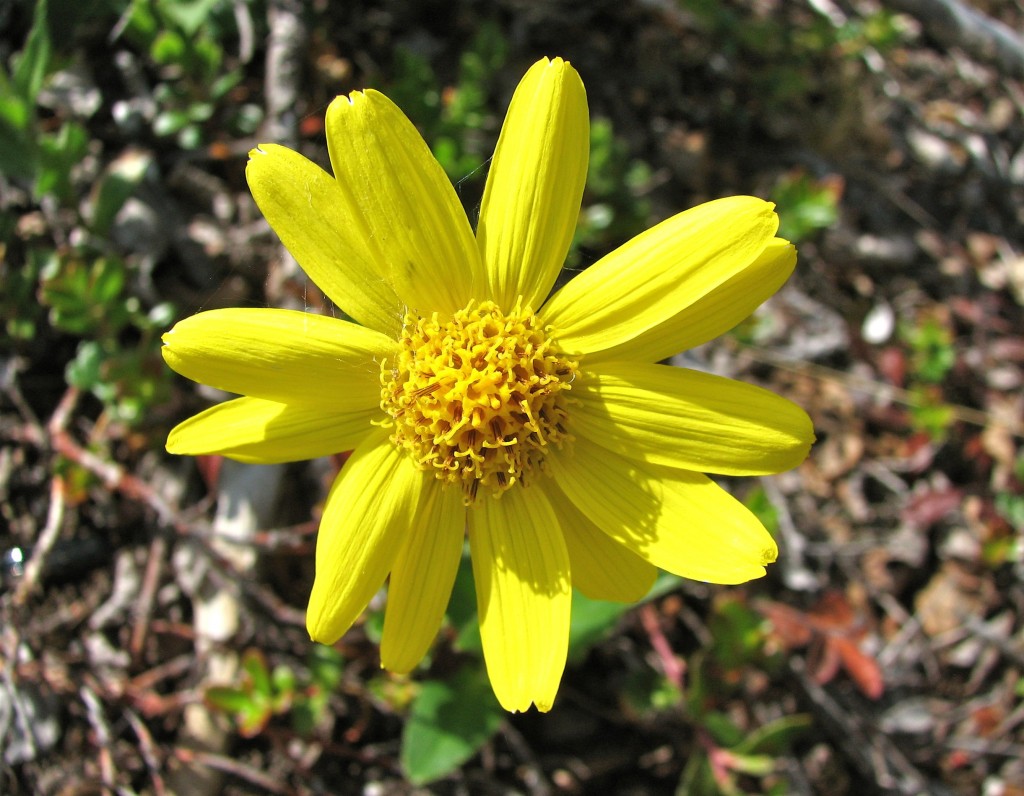In a world that places such emphasis on meaning and purpose, the teachings of nonduality challenge all spiritual seekers who attempt to unravel their paradoxical wisdom. When we hear that our lives have no significance, we can easily start to see life, bleakly and nihilistically, as meaningless altogether. When we read in the Tao Te Ching that “the world is sacred. It can’t be improved,” our cherished ideas of progress, improvement, and making a difference immediately come into question. We must understand, however, that our qualms arise because we are looking at all of this from the perspective of the doer in a world of divisions. Without the ego that reigns in this reality, there would be no fear of a meaningless life.
Does a flower have meaning? Standing naked and fragile for the short span of its existence, the flower makes no pretence of playing a role or making a contribution. When we look at its delicate form and catch the light scent it unreservedly shares, we don’t ask what purpose it serves; the question of meaning does not arise. The flower is perfect as it is and need make no apologies. Alan Watts argued that only words and concepts have meaning, because they point to something other than themselves; they are symbols, significant only as a conduit for communication. This is not the case with life. As Watts would say, the flower doesn’t have meaning. It is meaning. Catholic monk Wayne Teasdale would add, however, that the unfolding of a seed to the perfection of a blossom, and its subsequent decay, reveal a deep truth about all life. There is nothing haphazard in the process of nature, and according to Teasdale, the comprehensive purpose reflected in a flower suggests a similar truth embodied in our own spiritual pilgrimage to the source and origin of all that is. As he makes clear, this purpose is not of the parts but of the whole—“the divine drawing all things to itself first by the interconnectedness of everything, then through its cosmic symbolism, and finally through the communion and union of the mystical journey itself.”
People go round and round looking for meaning, never realizing that the seeker is the sought. Meaning is found in being, nowhere else. As long as there is one who is chasing it, the chase will never end. Like the flower, we are meaning. We cannot find it in objects or accumulate it through accomplishments. We can only be it. For this reason, Jesus declared that those things hidden from the wise and learned have been revealed to little children—and watching young children at play shows us just what he meant. They are so fully intent on what they are doing, so caught up in what Zen calls the “isness” of being, that the question of meaning never occurs to them. With the innocence that precedes the appearance of the ego, they are the truth so often repeated: life is in the living. When as adults we can return to this oneness, with the wisdom gained from having thought it lost, we will have closed the circle of life.

